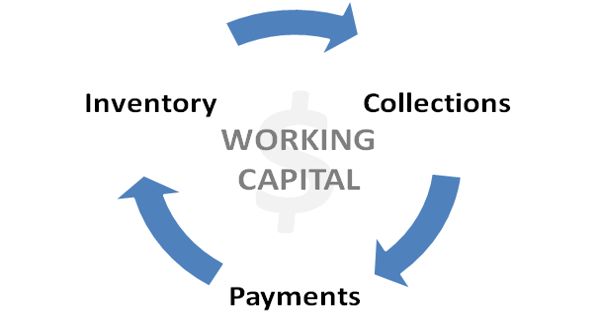A conventional cash flow is a sequence of inward and outward cash flows with just one change in cash flow direction over time. It indicates that if the first transaction is an outflow, subsequent periods of inward financial flows will follow. A traditional cash flow for a project or investment usually consists of an initial outlay or outflow, followed by a series of inflows over time. It can also suggest that if the initial transaction is a cash inflow, it will be followed by a succession of cash withdrawals, which is uncommon.
This would be written as -a + b + c + d + e (-, +, +, +, +, +,), We can see from the formula that there is a financial outflow in Year 1, followed by cash inflows for the next four years. In discounted cash flow analysis, conventional cash flow is a common approach. An investor utilizes either Net Present Value (NPV) or Internal Rate of Return (IRR) in DCF analysis to determine the possible returns on a given investment project. Both NPV and IRR may be used to evaluate projects that are independent or dependent.
Net present value (NPV) analysis is a common use of traditional cash flow. NPV is a tool that allows you to evaluate the value of a series of future cash flows in today’s dollars versus the return on an alternative investment. I knew a succession of financial flows in numerous directions over a particular period as an unconventional cash flow. The unusual cash flow profile is highly common among organizations that have to undertake routine maintenance and repairs.

For example, the return on a project’s traditional cash flows over time should surpass the company’s hurdle rate or the minimal rate of return required to be profitable. Typically, the outflow occurs only at the start of the project, followed by inflows. The initial outflow is the money spent by a corporation to fund a project. The income and profits generated by the project are represented by the financial inflows that follow.
Conventional cash flows have just one internal rate of return (IRR), which should be higher than the hurdle rate or the required minimum rate of return. The first transaction is a cash inflow if a firm finances a project with a loan from a bank or other financial institution. Consider the case of a corporation that intends to create a new branch office in a major city. If the project is financed using a loan, the money will be reported as a cash inflow.
A traditional cash flow project or investment begins with a negative cash flow (the investment phase), followed by repeated periods of positive cash flows once the project is finished. When all or part of this loan is used to construct the new office, outflows are recorded. Any revenues received by the corporation, on the other hand, are cash inflows. Any money it pays to the bank in the form of interest or principal, on the other hand, is a cash outflow.
For NPV analysis in capital planning, cash flows are predicted for a company considering a large investment. The IRR is compared against a company’s hurdle rate to determine if a project is likely to provide substantial returns. The hurdle rate is essentially the lowest rate of return on investment that an investor is willing to accept. Consider the addition of a new manufacturing plant or the expansion of a transportation fleet.
The general guideline is that any project with an IRR equal to or greater than the hurdle rate should be approved. If it isn’t, the proposal will very certainly be rejected. If there’s any doubt about which IRR will win out, management will be hesitant to proceed with the investment. However, cash flow is not an appropriate indicator to use when evaluating a firm before making an investment choice.
To reach a conclusion, a company’s balance sheet and income statements should be thoroughly examined. A traditional cash flow is one in which an outflow occurs just once. The transaction usually takes place at the start of the project. Although a company’s cash position may be improving as a result of the sale of some assets, this does not imply that its liquidity is improving. In this method, the bank only has one cash outflow, followed by successive inflows over a period of time.
Information Sources:
















